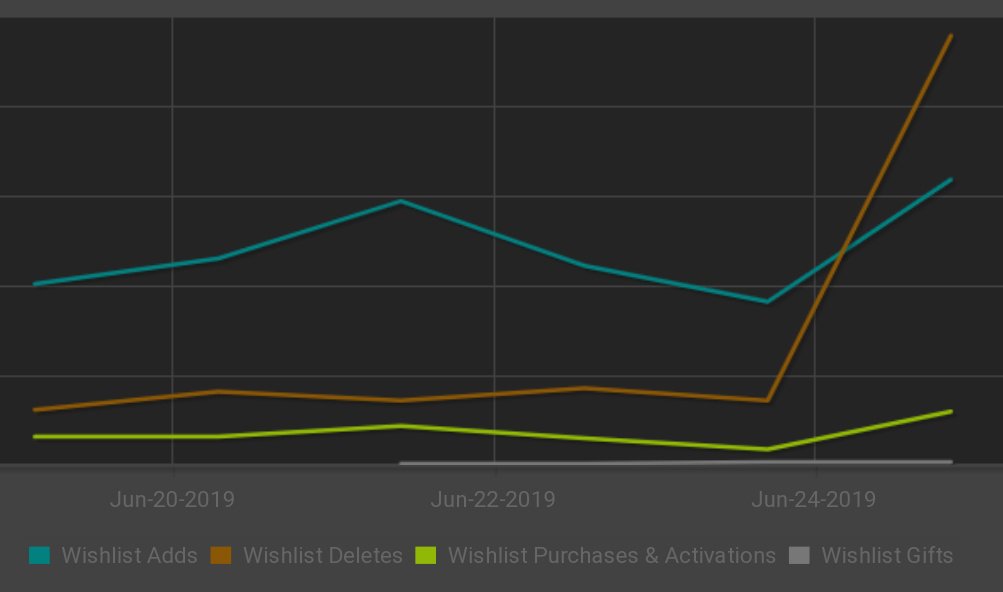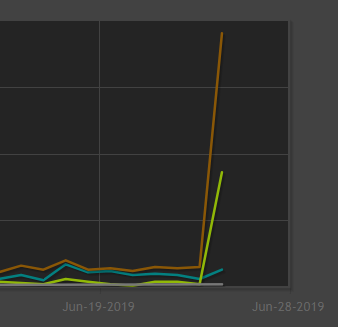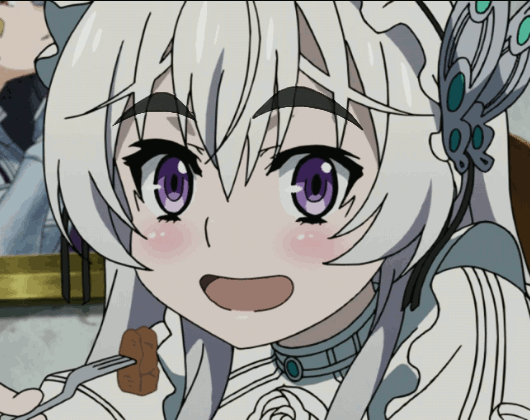A LEGO SEASON PASS IS ON SALE
I REPEAT
A LEGO SEASON PASS IS ON SALE
THIS ONE TOO
OMG
Save 66% on LEGO® Marvel Collection on Steam
They also introduced this neat bundle a few weeks ago too. It includes DLC that is not covered by the season pass. which also never got discounted before.


















 You
You 






